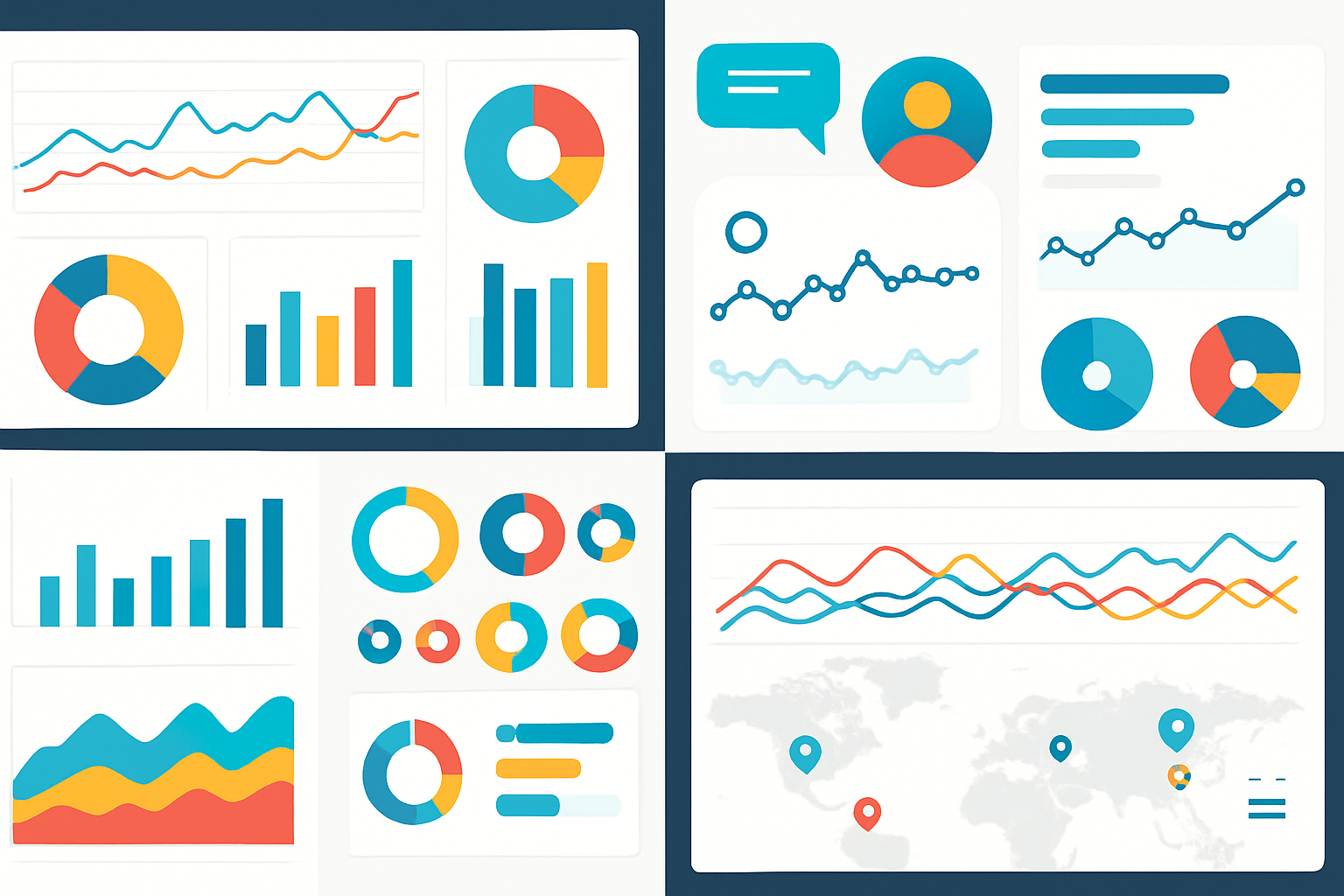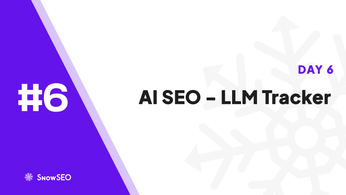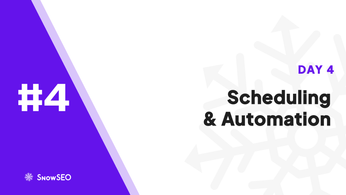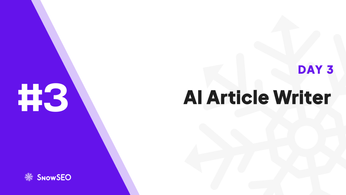
Brand Monitoring SEO Updates: Expert Insights
Table of Contents
Discover the latest updates in digital brand monitoring and why they matter for your strategy. As the online landscape evolves at breakneck pace, brands struggle to keep up with shifting consumer sentiments, emerging platforms, and algorithm changes. This rapid flux can leave marketing teams playing catch-up, risking missed opportunities and unaddressed crises.
In this article, you’ll find expert insights and the latest trends to help your brand stay ahead of the curve. We’ll unpack advancements in real-time sentiment analysis, cross-platform listening enhancements, and AI-driven alert systems that transform raw data into strategic action.
“Staying proactive in brand monitoring is no longer optional-it’s the hallmark of market leaders,” notes Caroline Mitchell, Head of Digital Intelligence at Brandwatch.
Drawing on perspectives from industry-leading experts and recent studies, we reveal actionable tactics and tool comparisons to sharpen your monitoring framework. Whether you’re refining existing processes or adopting cutting-edge solutions, these insights will equip you to safeguard your brand reputation and amplify positive engagement.
The Evolution of Digital Brand Monitoring
Digital brand monitoring has transformed from labor-intensive print clipping to dynamic, AI-powered listening platforms that provide real-time insights across countless online channels. As consumer conversations shifted from offline to the digital realm, brands needed tools to capture sentiment, track mentions, and respond swiftly to reputation risks.
Key Insight: Early adopters that embraced social listening gained an average 30% faster response time to customer issues, significantly improving brand loyalty.
Key Milestones
- Traditional Era (Pre-2005)
- Focus groups, surveys and manual press clipping
- Limited to offline channels and periodic reports
- Emergence of Web Analytics (2005–2010)
- Introduction of Google Analytics for website traffic
- Basic social listening on blogs and forums
- Manual sentiment tagging and dashboards
- Rise of Social Media Monitoring (2010–2015)
- Platforms like Brandwatch and Mention debuted
- Automated keyword tracking on Twitter, Facebook, LinkedIn
- Sentiment analysis using rule-based engines (Social media monitoring - Wikipedia)
- AI and Big Data Integration (2015–2020)
- Deployment of machine learning models for nuanced sentiment
- Real-time dashboards processing millions of mentions per hour
- Introduction of predictive analytics for crisis prevention
- Unified, Omnichannel Listening (2020–Present)
- Integration of audio, video and review site monitoring
- Cross-channel attribution to link mentions with conversions
- AI-driven recommendation engines for content optimization
| Phase | Tools & Technologies | Capabilities |
|---|---|---|
| Traditional Era | Press clipping, Surveys | Periodic reports, manual sentiment |
| Web Analytics Emergence | Web analytics, Basic scrapers | Traffic monitoring, simple alerts |
| Social Monitoring Rise | Brandwatch, Mention | Keyword tracking, dashboard reports |
| AI & Big Data Integration | NLP models, Big data clusters | Real-time sentiment, predictive alerts |
| Omnichannel Listening | Unified APIs, AI engines | Audio/video tracking, attribution |
Recent Developments in Brand Monitoring
• Deep Learning for Sentiment: Modern platforms leverage transformers to achieve over 75% accuracy in sentiment classification, allowing brands to detect sarcasm and context.
• Voice and Video Analysis: AI now transcribes and analyzes mentions in podcasts and live streams, extending monitoring beyond text.
• Predictive Reputation Scoring: Using historical data, brands can forecast potential reputation dips and allocate resources proactively.
• Privacy-Centric Monitoring: Compliance with evolving data regulations (e.g., GDPR updates) ensures ethical collection and processing of user-generated content.
• Competitive Benchmarking Dashboards: Real-time scorecards compare share of voice across competitors, channels and geographies.
Warning: Relying solely on keyword mentions can lead to blind spots; combining sentiment and context analysis is crucial for a comprehensive view.
According to recent insights from the Social Media Fact Sheet, over 70% of Fortune 500 companies now use dedicated social listening tools, underscoring the critical role of digital brand monitoring in modern marketing strategies.
Emerging Trends in Brand Monitoring
AI and Automation in Monitoring
The landscape of digital brand monitoring is shifting rapidly as AI-powered automation takes center stage. Brands are moving from manual, retrospective reporting to proactive, real-time intelligence. Key advancements include:
- Advanced Sentiment Analysis
- Real-Time Social Listening
- Predictive Crisis Forecasting
- Multimodal Data Integration
Tip: Implementing AI-driven alerts can cut response times by up to 60%, preventing small mentions from escalating into major reputation crises.
| Trend | Description | Benefit |
|---|---|---|
| Deep Learning Sentiment | Uses large language models to interpret tone and context in social mentions | More accurate mood detection |
| Predictive Analytics | Correlates mention spikes with topics to forecast potential issues | Proactive reputation management |
| Multimodal Monitoring | Combines text, image, audio, and video analysis | Comprehensive brand visibility |
| Monitoring-as-a-Service (MaaS) | Cloud-based platforms offering scalable AI tools to SMEs | Cost-effective and accessible solutions |
- Deep Learning Sentiment: Models trained on vast datasets can distinguish sarcasm, irony, and nuanced language more effectively.
- Predictive Analytics: Algorithms flag anomalous patterns, alerting teams before negative trends spiral.
- Multimodal Monitoring: Computer vision tracks logo usage in images and videos, filling gaps in text-only systems.
- MaaS Growth: Small and medium enterprises are projected to increase AI monitoring adoption by over 50% in 2025, driven by competitive pricing and ease of deployment.
Key Insight: Ethical guidelines from bodies like the OECD and European Commission White Paper are critical. They ensure transparency in data collection and uphold consumer privacy while empowering brands to leverage AI responsibly - a cornerstone of trust in digital brand monitoring.
According to OECD’s AI Policy Observatory, these innovations mark a new era of continuous, predictive brand intelligence that will redefine how organizations safeguard and amplify their reputations.
Best Practices in Digital Brand Monitoring
Tools and Techniques
Effective brand monitoring hinges on selecting the right mix of tools and refining your approach through data-driven tactics. Establish a solid foundation with these best brand monitoring practices:
- Define Clear Objectives
- Align monitoring goals with KPIs such as share of voice, sentiment score, and engagement rate.
- Document escalation workflows for emerging crises.
- Build a Comprehensive Keyword Taxonomy
- Include brand names, product variations, competitor mentions, and industry jargon.
- Regularly update keywords to capture trending terms and slang.
- Leverage Advanced Analytics
- Use sentiment analysis powered by NLP, validated against human-coded samples.
- Track quantitative metrics (mention volume, engagement) alongside qualitative themes.
- Integrate Multi-Channel Data
- Pull insights from social media, news sites, forums, and review platforms in real time.
- Centralize feeds into dashboards for continuous visibility.
Tip: Periodic deep-dives uncover context that real-time dashboards might miss-combine both for balanced insights.

- Automate Reporting and Alerts
- Configure threshold-based alerts to flag spikes in negative sentiment.
- Schedule weekly and monthly reports for trend analysis and executive briefs.
- Iterate and Optimize
- Conduct A/B tests on keyword lists, tool settings, and response templates.
- Refine monitoring scopes based on campaign performance and shifting market language.
| Tool | Core Features | Best Use Case |
|---|---|---|
| Brandwatch | Real-time listening, image insights, AI dashboards | Global campaign performance tracking |
| Mention | Keyword alerts, influencer tracking, sentiment scoring | Competitive benchmarking and alerts |
According to the PRSA Guide to Social Media Monitoring and Measurement, organizations blending quantitative dashboards with qualitative thematic reviews detect emerging issues faster and measure campaign impact more accurately. Continuous refinement of both tool settings and analytical frameworks ensures your brand monitoring remains agile and insightful.
Expert Insights and Case Studies
Expert Interviews
Gathering advice from industry veterans reveals actionable brand monitoring tips that resonate across sectors.
- AI integration in monitoring: Sarah Thompson, Head of Digital at Brandwatch, emphasizes combining AI-driven sentiment analysis with human review to capture nuance.
- Real-time alerts: Javier Morales, SEO strategist at Mention, recommends configuring alerts for brand mentions on niche forums and emerging platforms, ensuring you’re ahead of the conversation.
Tip: Prioritize monitoring channels where your audience spends most time-even if they’re smaller, specialized communities.
- Define your monitoring objectives – brand health, competitor benchmarking, or crisis detection.
- Select diverse sources – social, news, blogs, forums.
- Blend automated tools with manual checks for richer insights.

Case Studies
Real-world examples illustrate how brand monitoring transforms strategies:
| Brand | Challenge | Solution | Outcome |
|---|---|---|---|
| EcoWear Co. | Negative customer reviews scattered online | Centralized sentiment dashboard | 40% faster response time, 25% sentiment uplift |
| FinTechX | Missed industry mentions leading to reputational risk | Customized keyword alerts and competitor tracking | 60% reduction in unaddressed mentions |
- EcoWear Co. discovered recurring sizing complaints via Brandwatch’s sentiment clusters. They adjusted product descriptions and launched targeted FAQs, driving positive feedback.
- FinTechX used Mention to flag regulatory discussions early, refining their public communications and securing trust among stakeholders.
Insight: Combining quantitative dashboards with qualitative context lets teams craft nuanced responses rather than one-size-fits-all replies.
These expert voices and case studies confirm that strategic monitoring-fueled by the right blend of technology and human oversight-unlocks deeper brand insights and drives measurable improvements. continuous refinement of alerts, parameters, and analysis workflows ensures your brand stays top of mind and ahead of potential crises.
{“query”: “effective call-to-action strategies news articles academic research”}
Frequently Asked Questions
Q1: What are the top brand monitoring SEO updates in 2025?
Most 2025 updates focus on real-time sentiment analysis, AI-driven keyword discovery, and enhanced voice search tracking. Brands now leverage dynamic dashboards to spot emerging topics faster, adjust content strategies on the fly, and optimize for conversational queries. Integrating social listening with on-page SEO ensures your narrative stays ahead, capturing both search algorithms and audience sentiment seamlessly.
Q2: How can small businesses implement these SEO insights effectively?
Start by auditing current brand mentions across channels, then prioritize tracking high-impact keywords tied to your industry. Use affordable tools like Brandwatch or Mention to consolidate data. Next, assign clear KPIs-engagement rate, share of voice, sentiment shifts-and schedule weekly reviews. Finally, refine metadata and anchor text based on trending terms to boost visibility without overhauling your entire content library.
Q3: What metrics best measure brand monitoring SEO success?
Focus on three core metrics: share of voice in organic search, sentiment score growth, and keyword position improvements for brand terms. Complement these with click-through rate and dwell time on optimized pages. Regularly compare against competitor benchmarks to gauge progress, then iterate content and outreach tactics monthly to maintain momentum.
Conclusion
As the digital landscape evolves, staying abreast of the latest SEO updates is vital for effective brand monitoring.
Key Takeaways:
- Understanding recent updates is critical for brand management.
- Emerging trends will shape future strategies.
- Expert insights offer valuable, actionable advice.
Consistently integrating fresh data and expert perspectives ensures your brand remains visible and resilient in a competitive market.
Next Steps:
- Review the best practices outlined throughout this article.
- Adopt advanced analytics tools like Brandwatch and Mention to track real-time brand sentiment.
- Align your content and outreach efforts with the insights shared by industry leaders.
By applying these strategies, you will strengthen your brand’s online presence and prepare for upcoming shifts in search algorithms.
Stay connected to the forefront of brand monitoring-subscribe to our newsletter for ongoing updates in brand monitoring, and keep your strategies sharp and informed.





